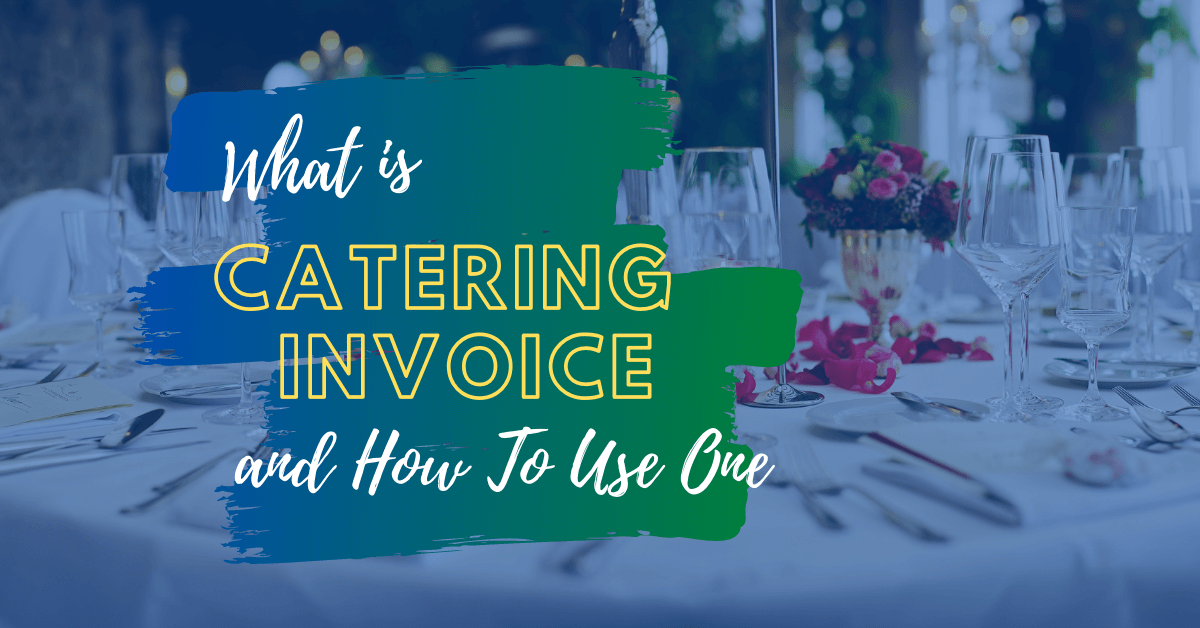Are you in the catering business? If so, you know just how important it is to provide quality food and service to your customer. At the same time, it’s also important that you get paid on time and with the right amount to ensure that your business will keep running. That’s why you should also pay attention to invoicing.
Providing the right catering invoice to your clients will prove crucial to ensuring that you get paid for the service that you provided. If you haven’t implemented a catering invoice to your business, this article will get you started. We will discuss multiple areas about catering invoices, including why you should be using one first and how you can create one for your business.
Table of Contents
ToggleWhat is Catering Invoice and What It is Used for
Catering is a fast-paced business that requires a lot of time, effort, and passion. You need to love cooking and providing food to customers to be successful. But, of course, it’s more than just that. To run and grow an effective catering business, it’s essential that you set up an effective invoicing system to get paid. That’s where a catering invoice comes in handy.
A catering invoice is what catering businesses use to bill their clients and get paid. With this template, you can bill your clients efficiently to get back to managing your business. Using the appropriate invoice will also ensure that you keep track and records of all your past and present clients to reference for different purposes (e.g., accounting, taxes, payroll). Here’s a sample list of what your catering invoice should comprise:
- Food items
- Proper pricing of each item on the list
- Total amount
- Payment methods you accept
- Privacy Policy
If you have a template ready for use, all you have to do is customize your invoice according to your current client’s order. Simple client billing is one of the perks that you get when using a catering invoice template. Other potential benefits include:
- Getting paid quickly with multiple payment options and faster deliverability.
- Reminders of balances that are past their due date, so you never miss out on any payment.
- Stay organized during a busy season filled with different events.
- Invoice your clients for free.
- Printer-friendly and PDF formatting availability
- Easy access to use on your annual tax returns.
Invoice Types for Caterers
Just like other variants of invoices, a catering invoice comes in different types. There isn’t just a single kind of catering service or restaurant. That’s why catering invoices are available in various types to address every catering business.
Whether you specialize in wedding, corporate, or mixed events, you need the correct type of invoice for your needs. The invoice you choose should fit both what you serve and who you are serving it for. With that said, here’s a shortlist of all the types of invoice templates that you can use for your catering business:
- Wedding Events/Catering Services Invoice
- Corporate Catering Invoice
- Cocktail/Reception Invoice
- Bakery Catering Invoice
- Sit Down Catering Invoice
- Buffet Style Catering Invoice
- Cake Catering Invoice
- Bento Catering Invoice
- Take-Away Buffet Catering Invoice
No matter the catering service you provide, know that there’s an ideal template that you can use. You can either download these templates on your favorite invoicing platform and fill out the blank fields, or you can create one from scratch using your preferred word processing application. You can even use invoicing systems like ReliaBills and create your invoice straight from their actual site. There are tons of options available! All you have to do is choose which one is the most convenient for you.
Details You Need When Billing Your Client
As someone running a catering business, you are fully aware of the duties that you need to fulfill to satisfy your clients and have them pay for the services you provided. That’s why it’s also important to consider each step and acknowledge the different details that you need to mention or include in your catering invoice. It’s important not to miss out on this information. Otherwise, your client might not pay you for a particular item since you didn’t include them in your invoice.
With that said, here are a few details that you need when billing your clients:
Contact Information and Other Details
The client’s name, company name, billing address, and contact numbers should be among the details listed on the first few lines of the invoice. Ensure you also list the event date, unique invoice number, and customer identification number (if applicable).
Tip: You can create a list that will include each of your customer’s names, along with a letter or numeric code assigned to each one. When you add more clients, it will help keep track of all your clients efficiently. Make sure you refer to the short checklist below of the information you should list:
- Event type: this information will impact the initial cost by a large degree. A wedding event with table service, for instance, will cost more than a simple buffet-style setup with minimal staff.
- Event date: the price will also depend on the date on which the event will take place. The season will impact the overall cost of the catered event. So, consider increasing your charges for holidays and exceptionally busy parts of the year. Outdoor events during the summer months, for instance, can incur additional costs such as purchasing canopies or different shading systems.
- Event location: depending on the type of catering business that you run, the venue costs will range. There will be instances where your client will provide the venue. But in most cases, you will have to look for partnerships with local establishments and suppliers. If your catering service is mobile (e.g., food truck), you can consider parking and transportation costs.
Expectations
Under the client contact info and details, make sure you list the name of your catering company, the type of job you’ve accepted, the payment due date, and the payment terms. Choose which payment method you get (e.g., cash, check, credit or debit, etc.) and make sure you mention it in your catering invoice. Keep in mind that not all events are the same. With that said, here’s a list of the common cost factors to consider:
- Minimum and maximum guest count
- Cost per person for both adults and kids
- Overage fees (for more extended service hours.
- Number of work hours
- Up-charging for seasonal periods, holidays, and busy times within the year.
- Equipment that must be purchased or borrowed for the event.
- The venue cost (will the client provide the even space? Or are you expected to give the location?)
- Potential travel expenses such as gas money
- Proper food holding equipment for food preservation.
Service and Staffing Expenses
Don’t forget to consider the service cost of your catered event. Costs would include the number of servers, bartenders, bussers, and other staff that you will need to employ. The overall cost will also depend on the type of service that you provide. Some notable examples include buffet-style service, sit-down service, tray-passed appetizers service, and other dining events. Another factor that will affect the overall cost will be the dishware that you use.
After the event, you will most likely hire dishwashers to clean all of the dining utensils that were used. So, make sure you consider this factor as well. In addition, you will also need to decide on whether you should invest in reusable dining ware or stick with disposable instead. The latter will potentially save you on labor costs, but you will have to invest in waste disposal.
Menu and Beverage Costs
Include a full breakdown of the catering menu that you will hand to your client during the event. Doing so will prevent any potential misunderstanding during pricing. If you are running a multi-faceted catering company that handles a variety of different events, consider creating menu templates for specific occasions like birthday parties, wedding ceremonies, concerts, holidays, and more.
Offering alcohol can be tricky if you have yet to acquire a proper liquor license. The licensing rules for catering services will vary by state. However, you can fill out one-day permits for wine and beer. You can also partner with a local establishment that has an on-premise license. Doing so will extend their liquor license to your catering service if you agree to share profits for the event.
How to Create a New Catering Invoice Using ReliaBills
Creating an invoice using ReliaBills involves the following steps:
Step 1: Login to ReliaBills
- Access your ReliaBills Account using your login credentials. If you don’t have an account, sign up here.
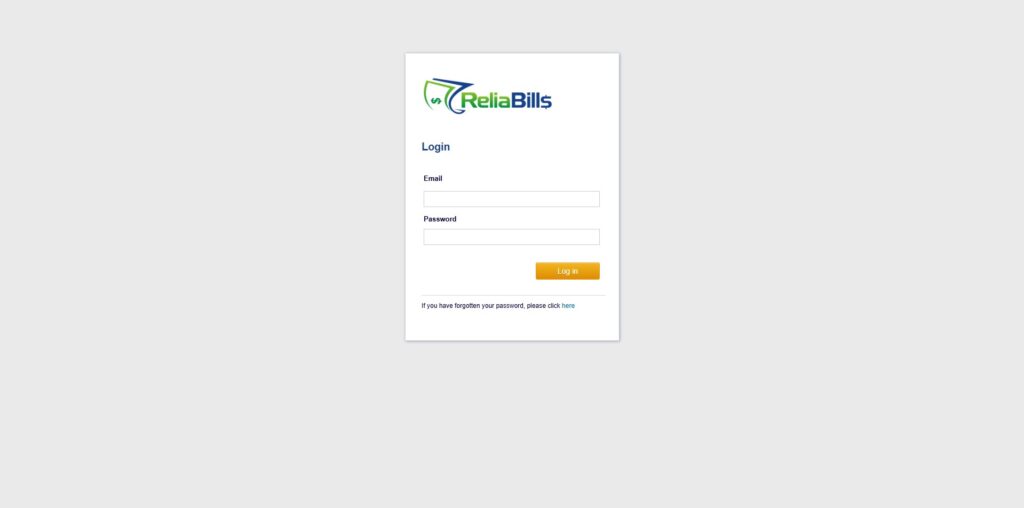
Step 2: Click on Invoices
- Navigate to the Invoices Dropdown and click on Invoices.
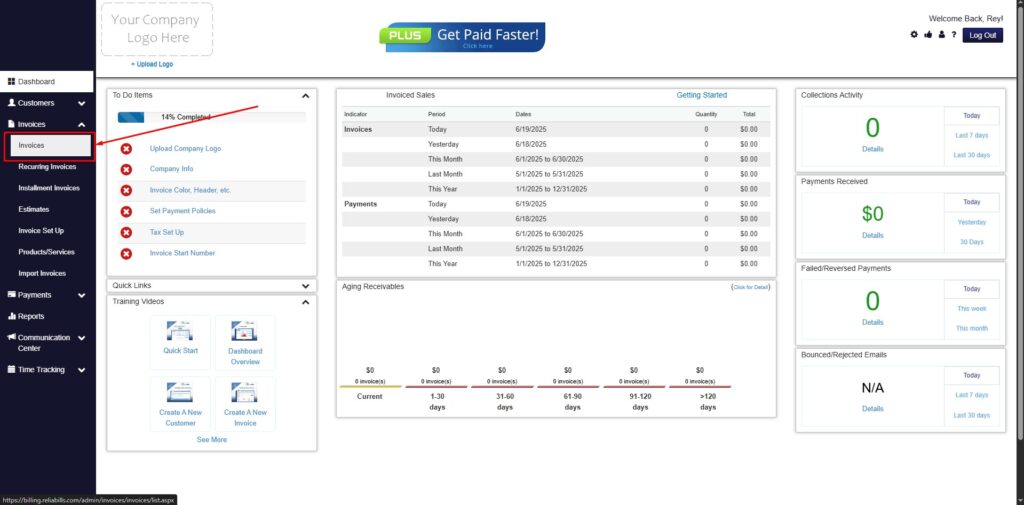
Step 3: Click ‘Create New Invoice’
- Click ‘Create New Invoice’ to proceed.
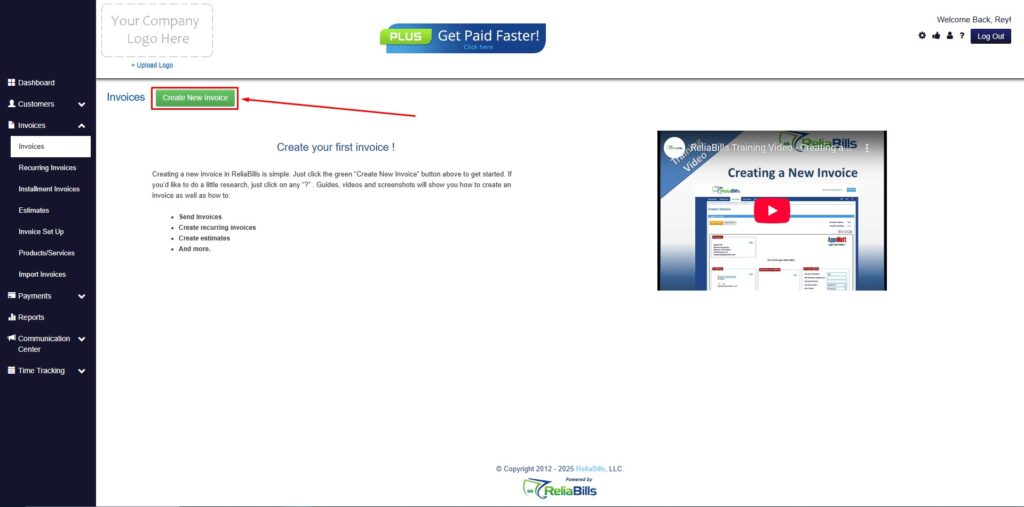
Step 4: Go to the ‘Customers Tab’
- If you have already created a customer, search for them in the Customers tab and make sure their status is “Active”.
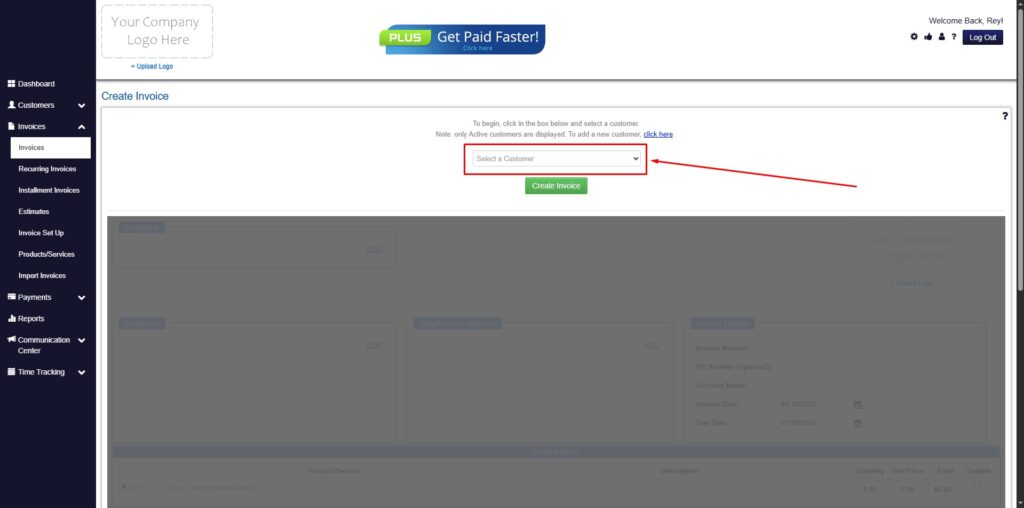
Step 5: Create Customer
- If you haven’t created any customers yet, click the ‘Click here’ to create a new customer.
- Provide the First Name, Last Name, and Email to proceed.
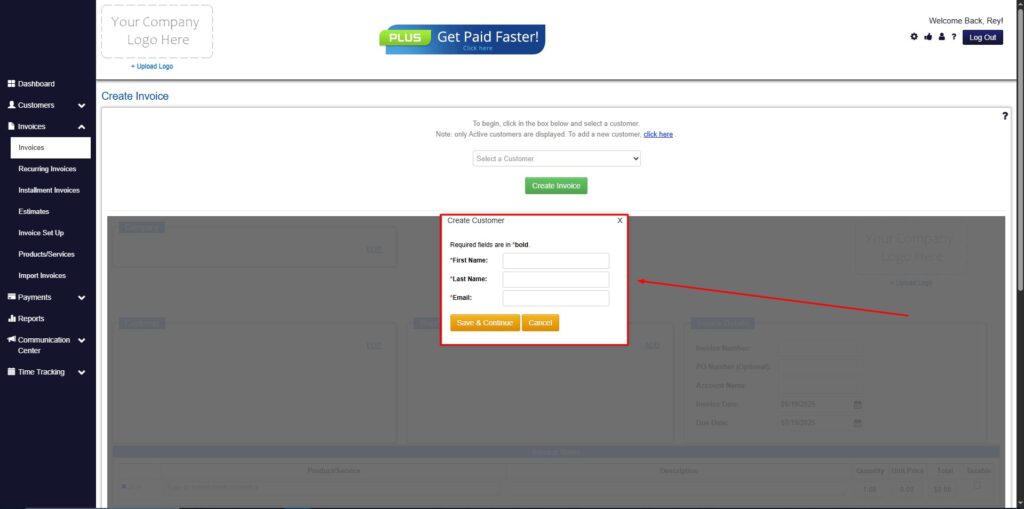
Step 6: Fill in the Create Invoice Form
- Fill in all the necessary fields.
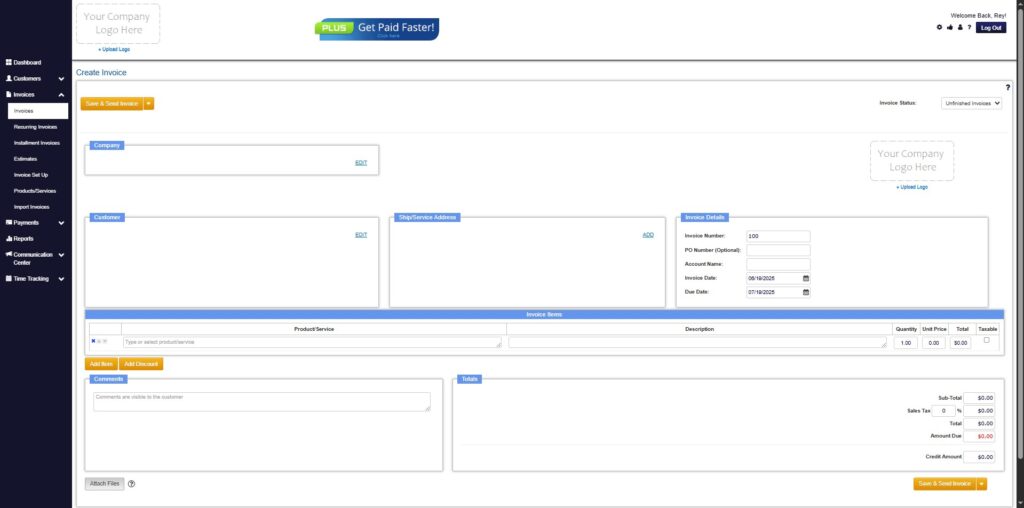
Step 7: Save Invoice
- After filling out the form, click “Save & Send Invoice” to continue.
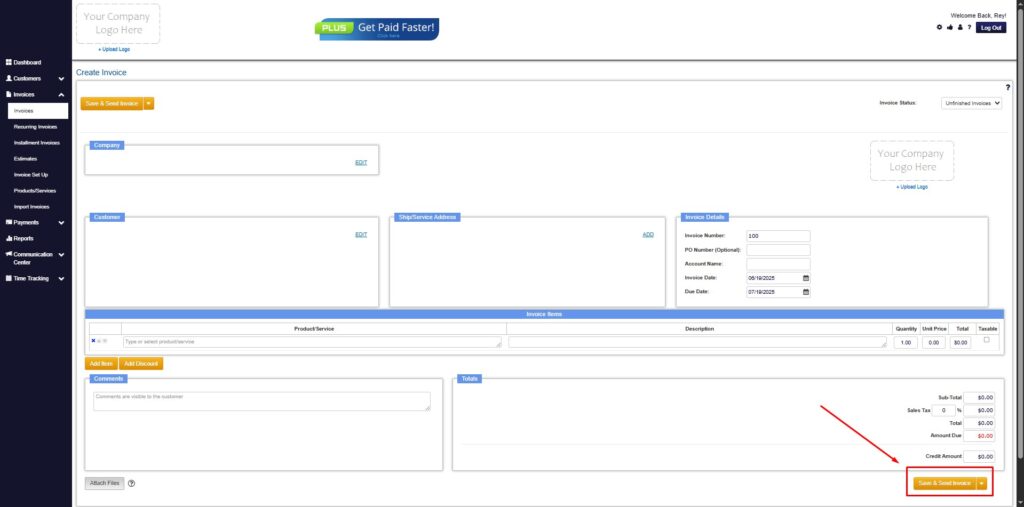
Step 8: Invoice Created
- Your Invoice has been created.
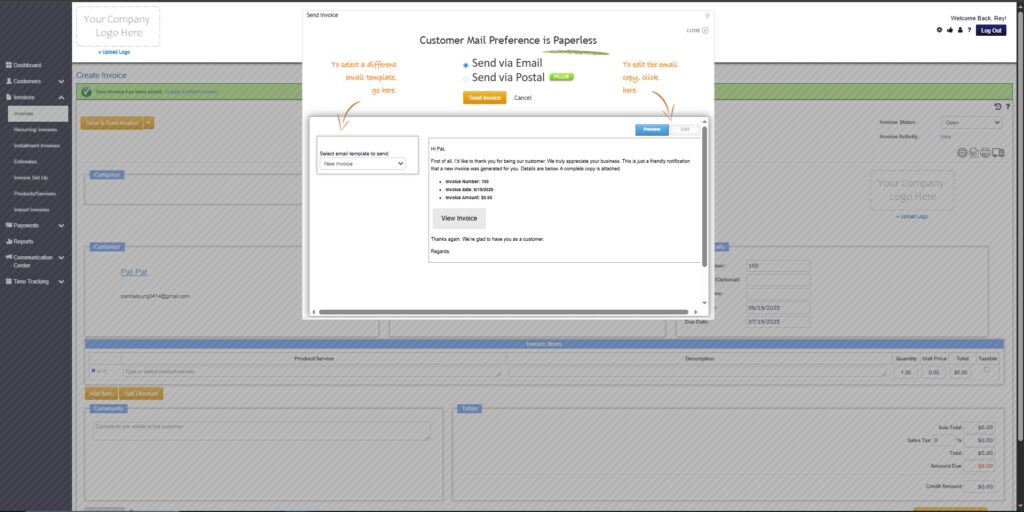
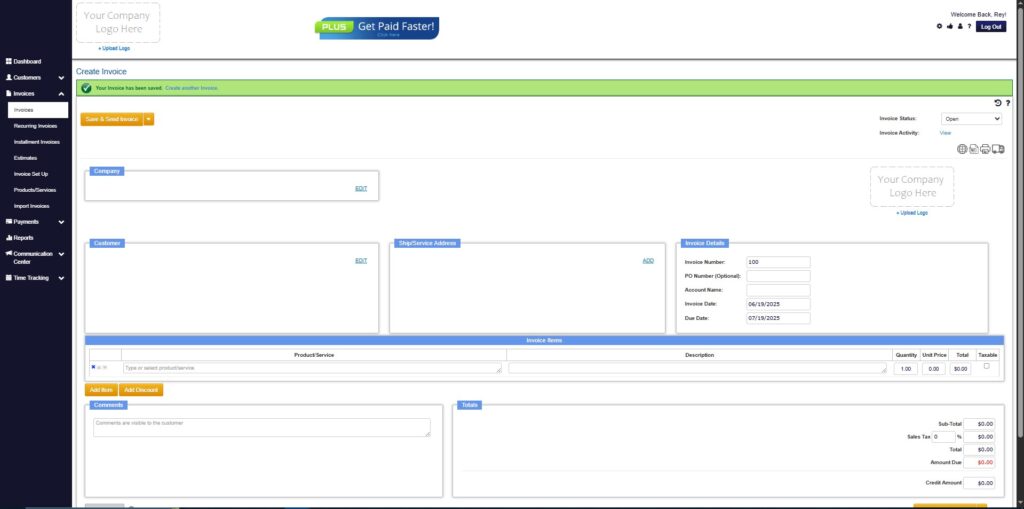
Wrapping Up
There you have it – a quick and easy guide to creating a proper catering invoice. Keep in mind that this invoice will be key to you getting paid by your customers. At the same time, it also serves as proof that your catering company is legitimate and professional. If you want to learn more about invoicing, as well as the different types of invoices available out there, check out our blog page.

